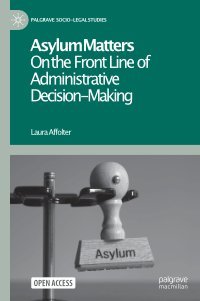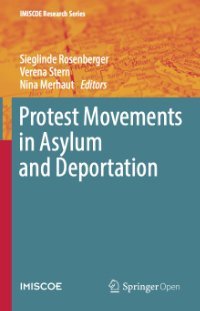By Luciana Gandini and Andrew Selee
More than half, and as many as two-thirds, of the estimated 6.4 million displaced Venezuelans who have settled in Latin America and the Caribbean since 2016 have been granted legal status in their host country. Most of the receiving countries in the region have responded with pragmatic measures that offer some form of legal status as well as the right to access the labor market, basic education, and emergency health care. The measures implemented are uneven and often not fully institutionalized, but they have been surprisingly generalized for a region with limited experience with large-scale immigration.
This report explores the response to Venezuelan displacement in the 15 principal host countries in Latin America and the Caribbean between 2016 and 2022. It examines the reach of different mechanisms for providing legal status and humanitarian protection—asylum systems, mobility and residence agreements, regular visas, and regularization campaigns that offer temporary status—and offers estimates of the share of Venezuelans in each country who have obtained legal status.
The report also considers the trend of governments coupling measures to provide legal status with new visa requirements that have made it increasingly difficult for more Venezuelans to arrive, pushing some into irregular migration channels. Finally, the report looks at variations in Venezuelans’ access to education and health care across the 15 countries.
Washington, DC: Migration Policy Institute, 2023. 55p.





















